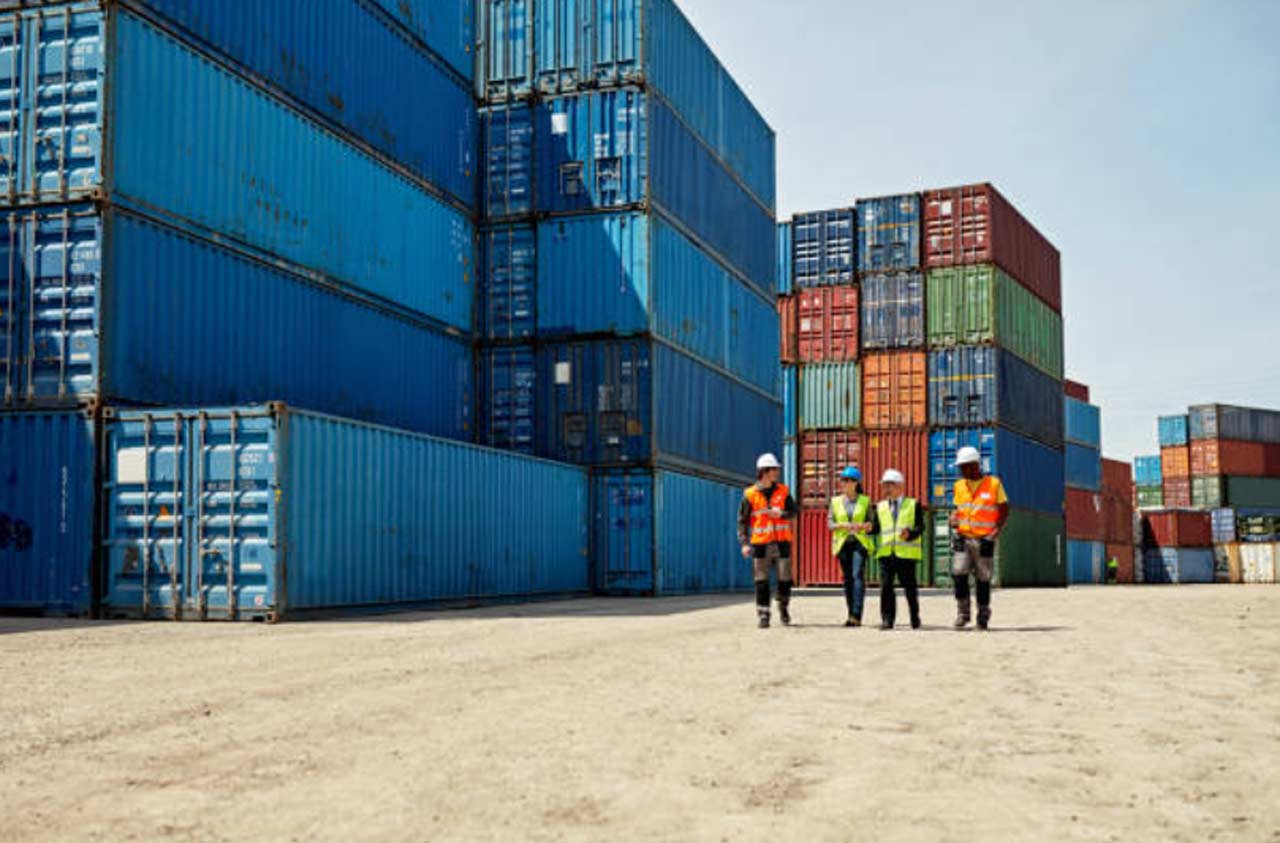Storage containers often associated with transporting and securing items possess untapped potential beyond their traditional usage. With increasing demand for repurposed containers to foster innovative ventures and sustainable practices, such as theaters or laboratories reusing them to transform spaces or industries worldwide.
This article presents 18 creative uses individuals and organizations are taking advantage of storage container’s versatility to reshape homes, businesses, or artistic pursuits utilizing this amazing resource.
1. Theaters: Converting shipping containers into open-air theaters or bistros has become an increasingly popular trend, providing unique entertainment spaces for gatherings. Although not ideal for long-term use, these temporary venues serve as temporary movie theatres or music events to foster community involvement in outdoor settings.
2. Schools: When traditional educational infrastructure is economically infeasible, shipping containers provide an affordable alternative. By reconfiguring multiple containers as classrooms, educational facilities can efficiently accommodate students while meeting spatial limitations and increasing access to education.
3. Restaurants: Shipping containers have revolutionized the urban culinary scene in recent years, particularly those located within compact urban environments such as Times Square or Montreal. Notable examples such as SnackBox in Times Square and MuvBox in Montreal demonstrate how containers provide innovative dining experiences while optimizing limited spaces.
4. Homes: Combining multiple shipping containers hire allows for the construction of eco-friendly homes and communities made up of eco-living spaces. Featuring solar panels on their rooftops, these structures demonstrate sustainable living practices while also showing off container housing solutions’ viability.
5. Offices: Shipping containers make versatile office spaces that allow for productivity and design flexibility, stackable configurations maximizing efficiency, with many storage companies now offering customized container offices to meet specific business needs.
6. Emergency Hospitals: With global health crises like the COVID-19 pandemic affecting millions worldwide, shipping containers have played a critical role in setting up emergency medical facilities quickly and logistically supporting them during times of crisis. From testing centers to vaccination sites, shipping containers provide quick deployment as well as logistic support during times of need.
7. Portable Toilets: Shipping containers repurposed as portable toilets provide the ideal solution to meet sanitation needs at events and outdoor venues, providing comfort and convenience to attendees. Their mobility and durability make them suitable for temporary settings while meeting hygiene standards; creating comfort for attendees at events.
8. Stores: Retailers utilize shipping containers to create dynamic shopping environments in urban areas with limited space, offering flexibility and seasonal adaptability – offering retailers an innovative approach to retail design and customer engagement.
Read Also: Innovative Strategies That Drive Business Success
9. Studios: Creative professionals often find great inspiration in shipping container studios and galleries converted into personal workspaces, providing ample room for artistic pursuits while encouraging public interaction through exhibitions or workshops.
10. Disaster Recovery: Shipping containers have long been recognized as critical components of emergency response efforts in times of crisis, from housing displaced individuals or protecting essential supplies during times of calamity to providing the required structure to facilitate disaster management efforts.
11. Swimming Pools: Shipping containers transformed into swimming pools provides an innovative yet practical alternative to traditional pool construction methods, proving an attractive solution for residential and community aquatic facilities alike. Their sturdy construction makes them suitable options for residential as well as community aquatic facilities alike.
12. Laboratories: Shipping containers have become an invaluable tool for scientific research and healthcare applications, from mobile testing units to fully equipped laboratories. Their adaptable features make them suitable for conducting experiments or providing medical services in diverse settings.
13. Greenhouses: Shipping containers have become greenhouses to facilitate year-round plant cultivation in controlled environments and ensure sustainable food production while serving as educational tools for agriculture and botany.
14. Community Centers: Containers have become popularly used to convert into community centers, acting as hubs for social activities and events. These spaces serve as meeting spots, workshops, or cultural experiences aimed at strengthening community cohesion and well-being.
15. Art Installations: Shipping containers provide artists with an ideal canvas to showcase their creative works in public spaces, enriching communities with visually striking works of art. Their sturdy structure and customizable surfaces enable artists to display large-scale art installations on them.
16. Eco-Friendly Initiatives: Shipping containers align perfectly with sustainability practices, contributing to eco-friendly initiatives. By turning shipping containers into habitable spaces for individuals or businesses to occupy, the environmental impact of construction materials is reduced significantly while they foster more eco-friendly living habits.
17. Educational Workshops: Containers can be transformed into educational workshops to offer hands-on learning experiences to both students and enthusiasts. Topics covered by these workshops range from arts and crafts to technology and science, encouraging creativity and skill development in participants.
18. Recreation Centres: Shipping containers have become popularly used to transform recreational spaces, including outdoor seating areas or pop-up bars, into recreational environments that enhance community interactions while adding vibrancy to urban environments.
Conclusion:
Storage containers’ multifaceted nature has far-reaching applications beyond their primary function. From revitalizing urban spaces to supporting emergency response efforts, these containers embody versatility and sustainability in modern design and innovation.
As demand for repurposed containers grows exponentially, opportunities exist for reimagining spaces and industries all across the board; ushering in an age of resourceful ingenuity and environmental stewardship.









